Oct 2017 Page to be revised soon
1910 – 1950s: a National Network of Community-owned grids
Technology
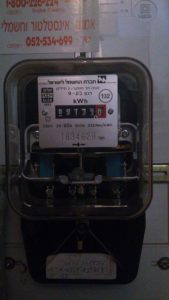
Electrical products still commonly generated locally using water turbines and combustion engines (coal, diesel, coal gas etc.) The increasing dependence on Bulk-generated products from large-scale distant generators meant Direct Current systems are converted to Alternating Current.
Simple electro-mechanical “dial” meters. The introduction of “odometer” type meters means householders can access the gross information of dwelling grid more easily.
Manual circuit breakers (switches) Simple fuse with sacrificial wire manually replaced.
Low quality insulation. However the widespread use of steel conduit piping makes wiring safer.
Common uses of electrical products:
household appliance use extends to include radio, hot-water and radiator heating, washing machines, pumps, fans, portable lighting.
Information
Visual by observing the meter reading, fuse loading, appliance performance etc. Data is recorded manually onto paper.
Urban areas become fully interconnected. Community systems such as Municipal Electricity Departments (MED) and Power Boards can now collate significant information about the patterns of behaviour of the users of the network e.g. the impacts of dwelling design, type of appliance use, hours of use etc.
Civics
The 1918 Electric Power Boards Act provides the framework for the development of a national network of community cooperatives and in 1920 the Electricity Supply Authorities Association provides national mechanism for coordinating common approach to establishment and processes of Power Boards. By the 1950s a national network of 60 cooperatives in the form of MEDs or Power Boards is formed under this framework.
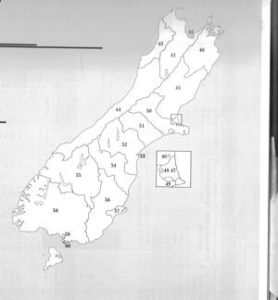
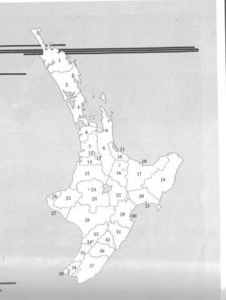 New Zealand becomes the world leader in the provision of reticulated electrical products to nationwide rural area.
New Zealand becomes the world leader in the provision of reticulated electrical products to nationwide rural area.
 All citizens of voting age retain the right to vote every three years how their community uses its local electrical potential and how the information of their home is used.
All citizens of voting age retain the right to vote every three years how their community uses its local electrical potential and how the information of their home is used.
Common Perception of Dwelling 230v Control Console
Commonly sited near ceiling on wall of dwelling entrance hall way. Oxygen and light still easily perish the insulation of the wiring – wire terminals particularly dangerous because of the high risk of fire and electrical shock. Most people learn this is a no-go zone in their home.
Control console now often boxed in as equipment becomes much smaller and safer. Thus it becomes less visible.
Electrical products are increasingly symbolized as “power” e.g. power meter, power socket, power cable, Power Board etc. Meter readers begin to be known as the “power man”.
 From Energy?! Chapter Seven The Ego and Power
From Energy?! Chapter Seven The Ego and Power
This confusion of the measure (the rate energy is manifest) with the measured (230 volt electrical products) is mainly propagated by speculative bankers and by well-meaning engineers who teach that civilization resides in the use of Bulk-generated electrical products. This misuse and abuse of the “power” symbol works to generate addictive use of these products. Common perceptions of the 230v control console become confused. It is increasingly perceived as an omnipotent yet alien object inducing awe, mystery, danger and fear of disconnection.
Health /ecology
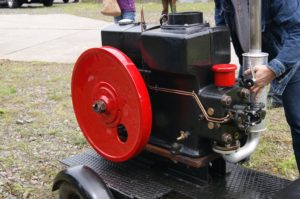
The belief it is acceptable to burn coal on scale is extended in this period to include the belief it is also acceptable to burn mineral oil on scale in cars, trucks, ships, generators of 230v electrical products etc
This ethos promotes an escalating dependence on Bulk-generated electrical products and increasing focus on mining the Earth, including the construction of large-scale dams.
The general awareness of our local solar and wind potential diminishes, as does the belief in the use of electrically driven rail-transport systems.
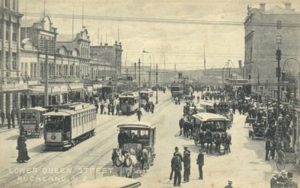
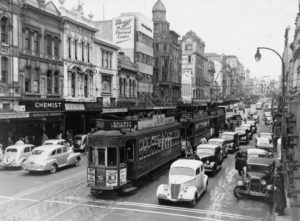
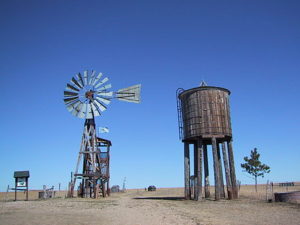
Back
1890 – 1910s The Advent of Reticulated Electrical Products
Next
1950 – 1980s The 230v Grids become Telecommunications Systems
